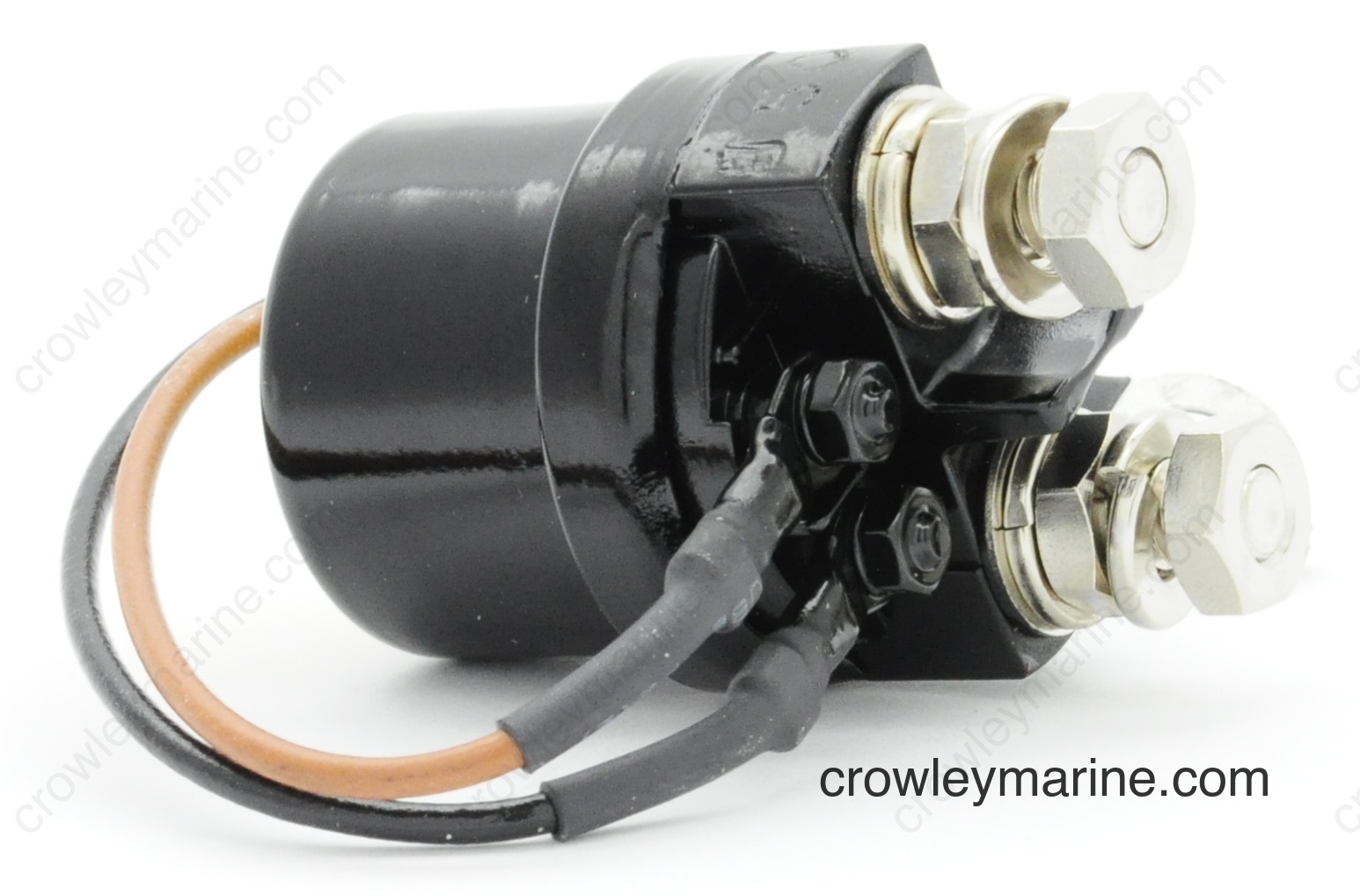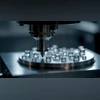The 6g1-81941-10-00: A Comprehensive Guide
In the realm of marine engines, the part numbered ‘6g1-81941-10-00’ holds significant importance, serving as a vital component for powering watercraft with efficiency and reliability. This article delves deep into the intricacies of this part, exploring its functionalities, applications, and importance within the marine industry.
Understanding the ‘6g1-81941-10-00’
The ‘6g1-81941-10-00’ is a critical component within marine engines, specifically designed to facilitate the smooth operation of watercraft. This part plays a crucial role in regulating various electrical functions within the engine system, ensuring optimal performance and longevity.
Functionality and Mechanism
At its core, the ‘6g1-81941-10-00’ operates as a rectifier and voltage regulator assembly. It is responsible for converting alternating current (AC) generated by the engine’s stator into direct current (DC), which is essential for powering the electrical components of the vessel, including lights, ignition systems, and navigation instruments.
Applications in Marine Engines
The ‘6g1-81941-10-00’ is commonly found in outboard motors and other marine propulsion systems. Its robust design and reliable functionality make it a preferred choice among boat manufacturers and enthusiasts alike. Whether navigating calm waters or braving the challenges of the open sea, this component ensures uninterrupted power supply to essential electrical systems, enhancing safety and performance on the water.
Importance of Reliable Electrical Systems in Marine Environments
In the demanding environment of the open sea, reliable electrical systems are paramount for the safe operation of watercraft. From powering essential navigation equipment to providing lighting during night voyages, these systems play a crucial role in ensuring the well-being of passengers and crew members.
Ensuring Safety and Security
A malfunctioning electrical system can pose significant risks to both the vessel and its occupants. utilizing high-quality components such as the ‘6g1-81941-10-00’, boat owners can mitigate the chances of electrical failures and potential accidents at sea. Reliability and durability are key factors in safeguarding against unforeseen emergencies and ensuring smooth sailing in all conditions.
Enhancing Performance and Efficiency
In addition to safety considerations, reliable electrical systems contribute to the overall performance and efficiency of marine engines. maintaining consistent power output and voltage regulation, components like the ‘6g1-81941-10-00’ optimize fuel consumption and engine operation, ultimately extending the lifespan of the vessel and reducing maintenance costs over time.
Advancements in Marine Technology
The marine industry is continually evolving, driven by advancements in technology and engineering. As demand for more efficient and eco-friendly watercraft grows, manufacturers are investing in innovative solutions to enhance performance and sustainability. This includes research into alternative fuel sources, such as hydrogen and biofuels, as well as the development of lighter and more aerodynamic hull designs to reduce fuel consumption and emissions.
Based on my search, “6g1-81941-10-00” appears to be a part number for a starter relay used in certain Yamaha outboard engines. Specifically, it seems to be compatible with 4-stroke engines ranging from 75HP to 100HP.
Here’s what I can tell you about it:
- Function: A starter relay is an electrical component that acts as a switch, connecting the battery to the starter motor when the ignition key is turned. This allows the starter motor to crank the engine, starting the combustion process.
- Compatibility: Based on the information I found, this part number specifically fits Yamaha outboard engines with the following horsepower ratings: 75HP, 80HP, 85HP, 90HP, and 100HP. It’s important to double-check your engine’s model and year to ensure compatibility before purchasing.
- Availability: This part seems to be readily available from various online retailers, including Yamaha’s official parts website, as well as aftermarket parts suppliers. Prices may vary depending on the vendor and location.
However, to provide more specific information, I would need some additional context:
- What exactly are you looking for? Are you trying to diagnose a problem with your engine, find a replacement part, or simply learn more about the starter relay?
- Do you have any information about your specific engine model and year? This will help me confirm compatibility and offer more relevant details.
Integration of Smart Technologies
Modern marine engines are increasingly incorporating smart technologies and digital systems to improve monitoring and control capabilities. integrating sensors and onboard computers, manufacturers can optimize engine performance in real-time, maximizing fuel efficiency and minimizing environmental impact.
Sustainable Power Solutions
In response to environmental concerns, there is a growing emphasis on developing sustainable power solutions for marine applications. From electric propulsion systems to hybrid engines, researchers and engineers are exploring alternative energy sources to reduce reliance on fossil fuels and minimize carbon emissions in the maritime sector.
Conclusion
In conclusion, the ‘6g1-81941-10-00’ stands as a testament to the importance of reliable electrical systems in marine environments. Its role as a rectifier and voltage regulator assembly is instrumental in ensuring the smooth operation of watercraft, enhancing safety, performance, and efficiency on the open sea. As technology continues to advance, innovations in marine engineering will drive the evolution of propulsion systems, paving the way for a more sustainable and interconnected maritime industry.
For further information on marine engine components and technologies, feel free to explore the following resources:
- Marine Engine Components Guide
- Advanced Marine Technologies Symposium Proceedings





)
